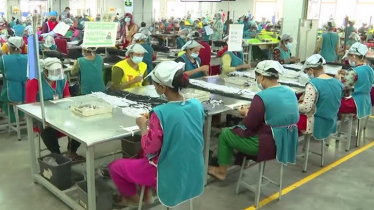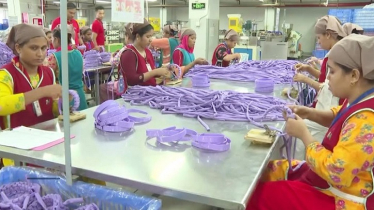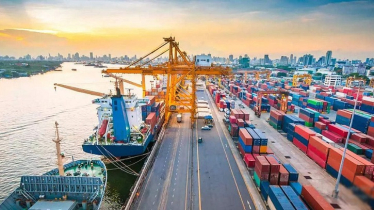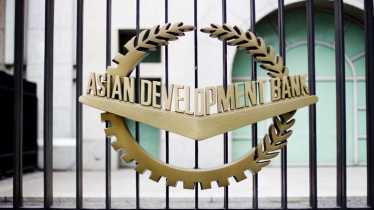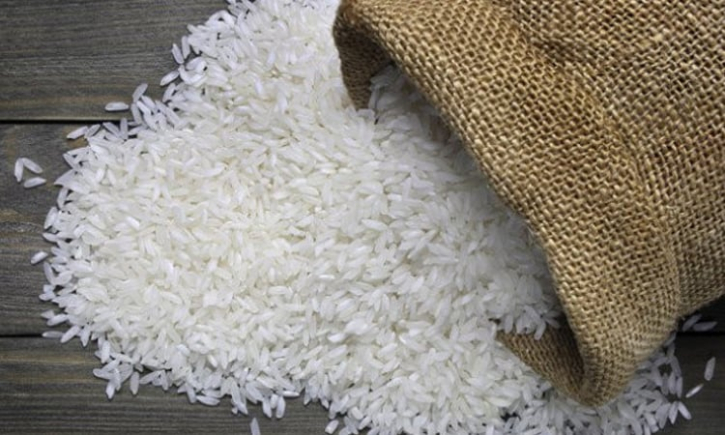
The Indian government has imposed a mandatory registration requirement for exporters of non-basmati rice with the Agricultural and Processed Food Products Export Development Authority (APEDA), operating under the country’s Ministry of Commerce.
The Directorate General of Foreign Trade (DGFT), under India’s commerce ministry, issued a notification on Monday stating that “additional conditions have been added to the export policy for non-basmati rice. From now on, non-basmati rice can only be exported after registration with APEDA.”
India is among the world’s leading rice exporters. According to CNBC TV18, revenue from non-basmati rice exports rose by 6.4 percent to $4.7 billion during the current financial year from April to August.
The announcement comes amid reports of crop damage in several Indian states, including Punjab, Haryana, and West Bengal, due to excessive rainfall and flooding. The new export requirement may have implications for Bangladesh’s rice market, though the extent of the impact remains uncertain.
While Bangladesh was historically heavily reliant on Indian rice imports, it now sources rice from multiple countries. Data from the Ministry of Food shows that Bangladesh imported 1.3 million tonnes of rice during the 2024-25 fiscal year, the second-highest in the country’s history. In comparison, 970,000 tonnes were imported during the 2017-18 fiscal year.
During the current fiscal year, Bangladesh has already imported 800,000 tonnes of rice from India, accounting for 5.5 percent of India’s total 14.13 million tonnes of non-basmati rice exports. By contrast, in the 2021-22 fiscal year, Bangladesh imported 1.62 million tonnes, representing 10 percent of India’s total exports that year.
Concerns over excessive rainfall prompted the Bangladeshi government to take early measures to secure rice imports. On August 7, an international tender was launched to import approximately 900,000 tonnes of rice. In response, prices of varieties such as Swarna, Miniket, and Sonamasuri in India reportedly increased by 8 to 10 percent, according to Indian media reports.


